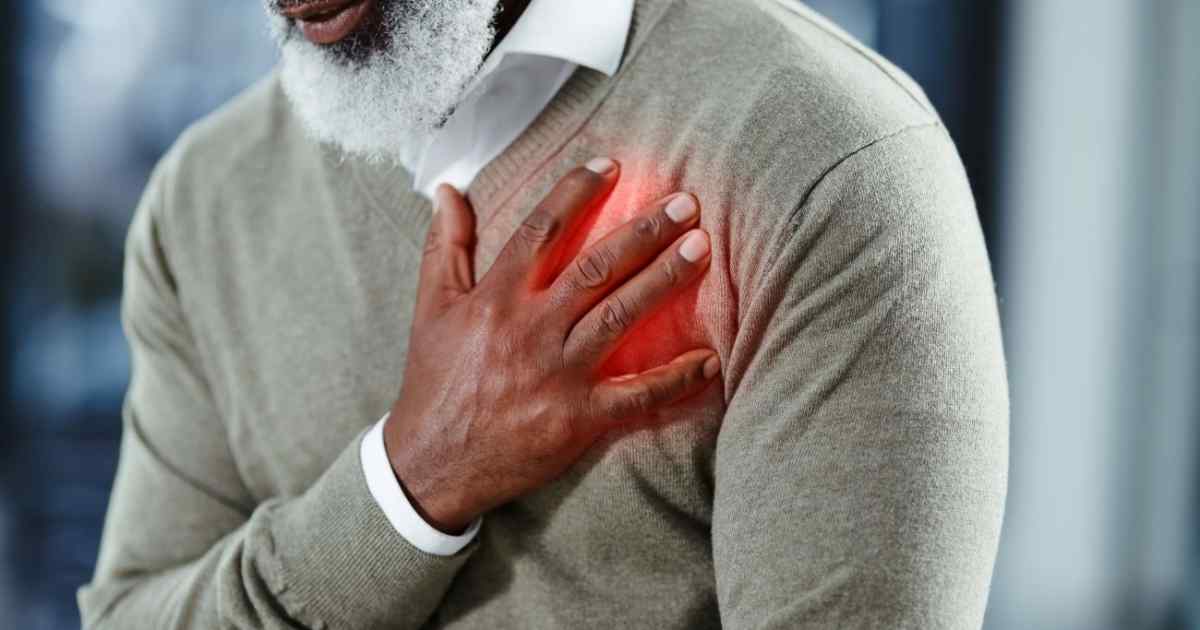Strokes are among of the most urgent medical conditions, where early recognition can significantly impact outcomes. Fortunately, you can learn everything you need to know about strokes with a search online right now, helping you spot early symptoms.
As well as discussing common symptoms like sudden numbness or unexplained confusion, we’ll also discuss the recovery journey, highlighting the challenges, rehabilitation processes, and the critical role of a supportive network for patients.
5 Critical Stroke Symptoms
1. Weakness and Numbness
When experiencing a stroke, sudden weakness and numbness will likely occur on one side of the body. Pay especially close attention to your arms, legs, and face. When smiling, others may notice an abnormal droop on one side of your face. Lifting your arm may also prove to be a difficult task.
2. Vision Problems
A stroke directly attacks the brain. Unsurprisingly, sight problems are extremely common. In fact, research shows more than 60 percent of the people who experience a stroke will have vision issues.
Because of your diminished field of vision, you may even have difficulty seeing where you’re going. Attempting to drive a motor vehicle or simply ride a bike on the street will be especially dangerous. Luckily, your poor eyesight can improve with the proper treatment.
3. Unexplained Confusion
It’s common for a stroke to cause unexplained confusion. This is typically a result of the brain not getting an adequate supply of blood and oxygen. You’ll have a great deal of trouble concentrating and remembering things.
Aside from a confused state of mind, stroke victims may also be dealing with a severe headache.
4. Dizziness and Coordination Problems
After having a stroke, balance problems tend to arise. You will likely have trouble walking normally, which stems from impaired muscle coordination. Dizziness is yet another early sign of a stroke.
Although other ailments such as vertigo also cause coordination problems, the symptoms of a stroke are usually worse.
5. Trouble Speaking and Communicating
Trying to express yourself after a stroke can be very difficult. Because a stroke tends to affect a person’s ability to gather their thoughts, trouble speaking is often a result. Although the person may be able to talk, their words may not make any sense.
When attempting to communicate with others, you could have trouble understanding them. It’ll be as if they are speaking a foreign language.
Stroke Rehabilitation
Inpatient Therapy
Inpatient therapy is usually the first course of action. The primary goal of inpatient therapy is to help stroke victims to rehab under the guidance of health care professionals. As time goes on, they can gradually return to their normal daily activities. This is especially true for the patients who haven’t suffered any major brain damage. Only a small percentage of the people who experience a stroke will require care at a nursing home.
In the immediate days following a stroke, staff members will help the person to perform tasks like getting out of bed and eating. Physical therapists will also help with motor-skill exercises. Although you may be unable to walk with assistance at first, your mobility should improve with each passing day. It takes time to strengthen the muscles and develop better coordination.
Home Therapy
Even after you return home, the recovery phase is still not complete. Overcoming a stroke requires patience and dedication. Fortunately, studies show that home therapy can be just as effective as a rehab facility.
To help the stroke survivor to progress, doctors usually send a nurse or physical therapist to the individual’s home. They will assist the stroke survivor as he or she recovers.
Robot-Assisted Therapy
In recent years, robotic-assisted therapy has started to make waves. This type of therapy involves the use of robotic devices, which are engineered to help with relearning basic activities like climbing stairs and getting dressed. For example, an exoskeleton robot can help you to walk on a treadmill by supporting your body’s weight.
Meanwhile, other technologies enable you to perform activities in a virtual reality world. First-person shooter video games and interactive card games seek to improve cognitive function. Hand-eye coordination should improve as well. These are fun ways for stroke survivors to rehab.
Speech-Language Therapy
As mentioned earlier, stroke survivors may have trouble talking. Speech-language therapy can aid a person’s ability to communicate effectively. Some helpful strategies include playing word-based games, singing, and practice writing.
Nutritional Rehab
Diet plays a big role in an individual’s ability to fully recover from a stroke. Because this health condition can cause swallowing problems, certain foods must be avoided for a while. Furthermore, some dishes could interact with prescribed medications.
While the consumption of fruits and vegetables will be stressed, meals high in sodium should be kept to a minimum.
Be Prepared and Do Your Research
Although people of any age can have a stroke, individuals over the age of 65 have the highest chance.
Knowing as much as possible about the common stroke symptoms will give you the best chance of survival. With the medical world steadily involving, it’s a good idea to stay aware of all the latest treatment options.
